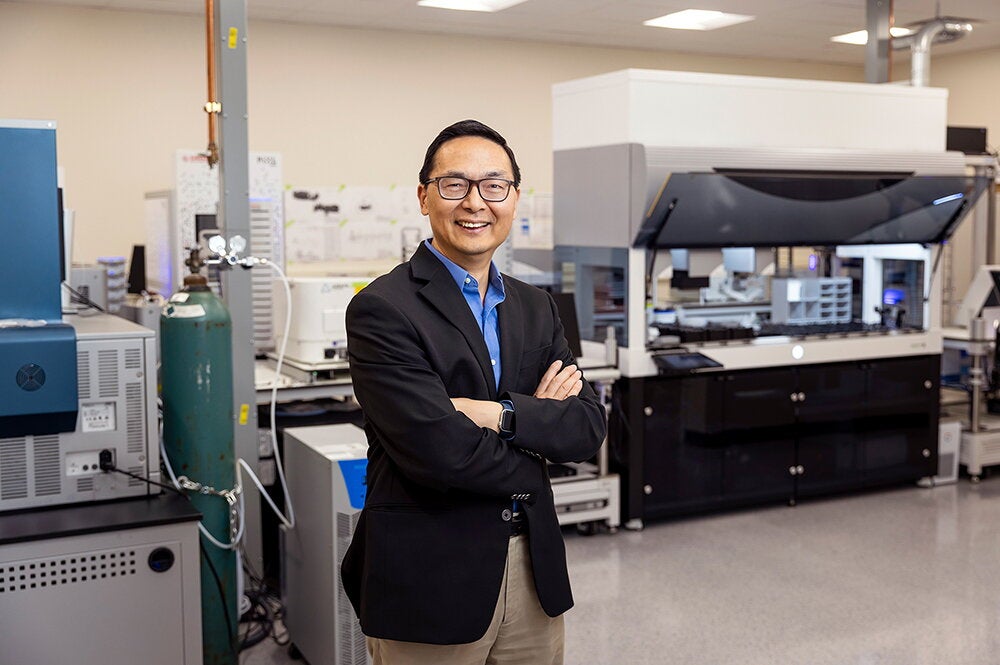
As computers get faster, chips get smaller, and the transistors that make up chips get harder and harder to build. But a new chemical trick developed by LAS chemical and biomolecular engineers could allow manufacturers to build next-generation transistors without resorting to costly and unproven procedures.
Transistors, which act like tiny electrical switches, function properly only when their silicon crystals include dopants, scattered atoms of other elements that help the silicon conduct electricity well. To make faster transistors, scientists must shrink their active regions, called the p-n junction to a depth of just 40 atoms. That's impossible with ion implantation, today's method for fabricating silicon-based transistors. That's because ion implantation shoots dopant atoms into a silicon wafer much as a shotgun shoots pellets into a target. But dopant atoms often strike silicon crystals and knock them askew, degrading their electrical properties.
To put those wayward dopant atoms back where they belong, LAS chemical and biomolecular engineers Edmund Seebauer and Richard Braatz bathed silicon in ammonia and then heated the structure. That altered the chemical properties of the surface of the semiconductor, allowing the surface to pull out the unwanted defects, according to work they presented in November at the 51st International Symposium of the AVS Science and Technology Society in Anaheim, California. Using computer simulations and experiments, the LAS team also showed that their defect-engineering method can extend the life of ion-implantation technology and create smaller, faster electronic devices.


